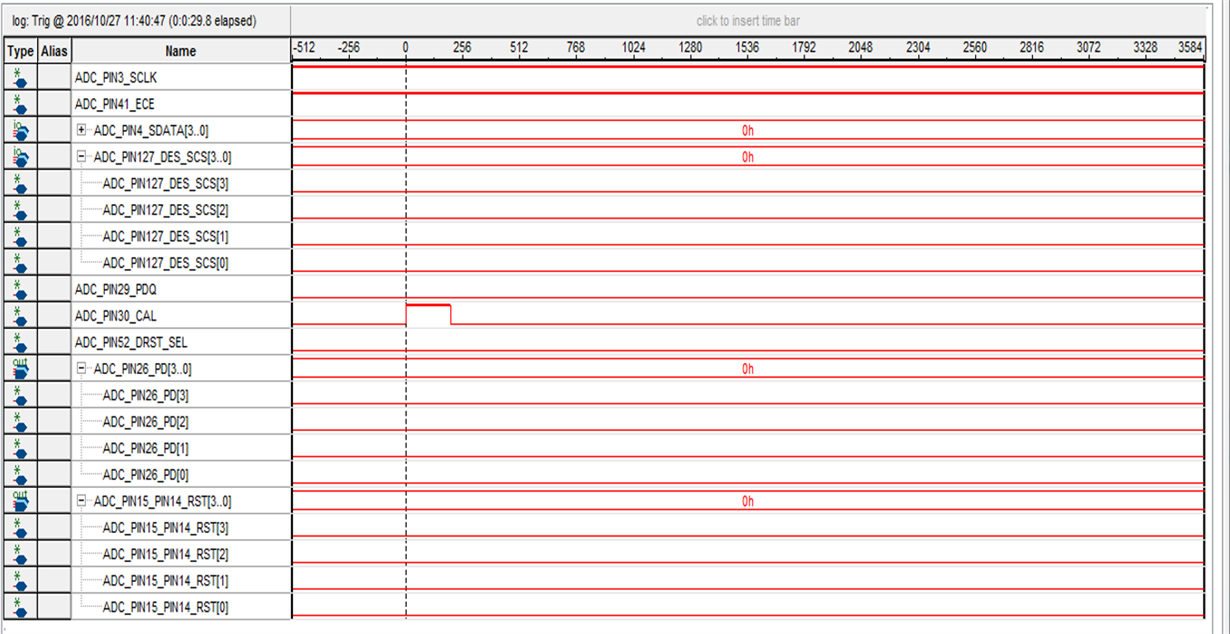Hi,
This may seem like an odd question, but could help explain some odd behavior of custom ADC boards we are debugging:
We are using DC-coupled signals to the I/Q inputs.
Will the ADC07D1520 undergo a power or user-initiated calibration cycle if the common-mode bias of the LVDS I/Q inputs is 500 mV larger or smaller than the 1.25V internal Vcmo of the ADC chip?
Will the data clock output be operational in this case as well?
I understand this situation is non-optimal for the ADC chip, and we're trying to figure out why the unity-gain buffer from the Vcmo ADC pin is not working correctly, but in the meantime any advice would be great.
Thanks,
Eric


